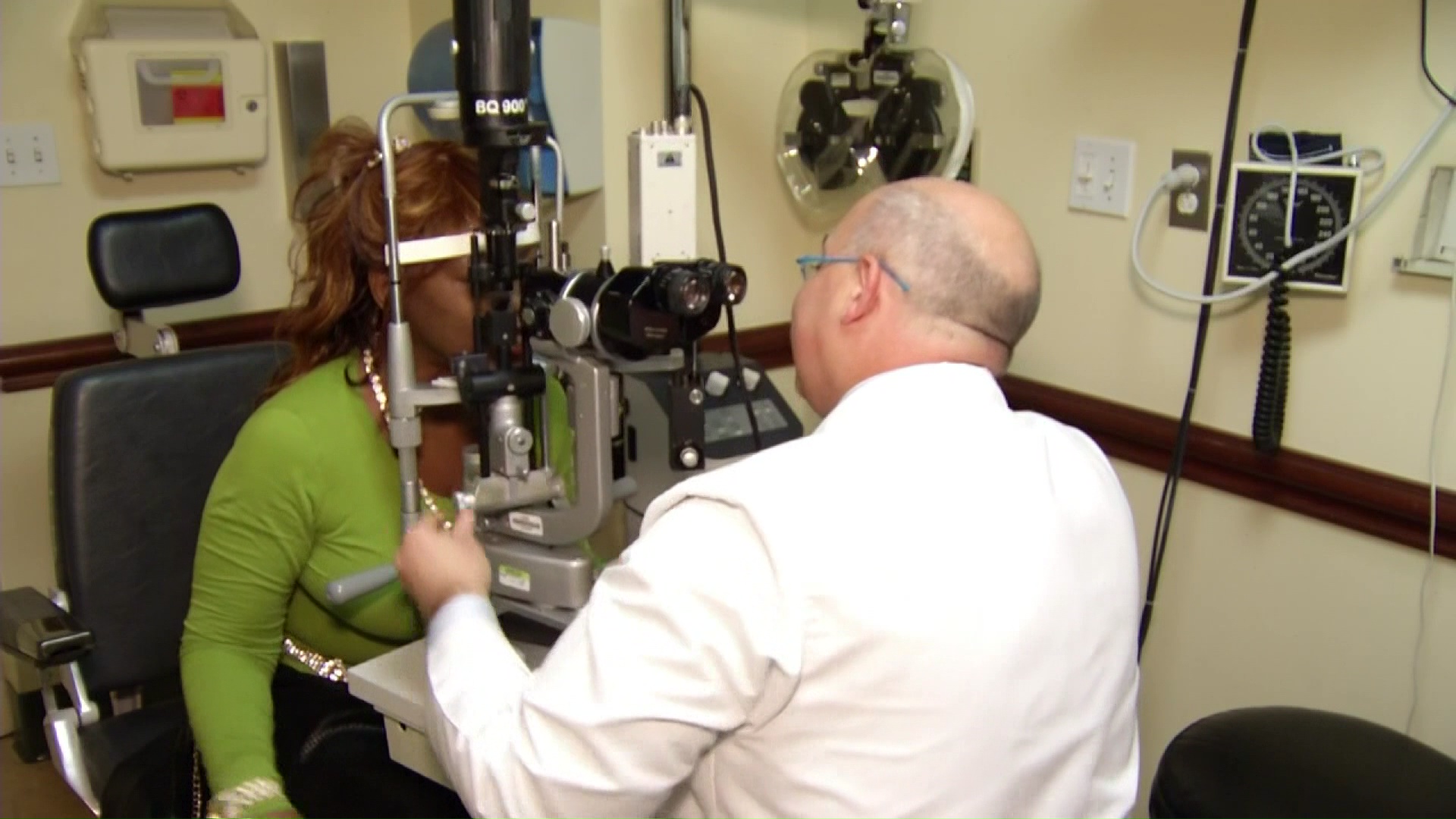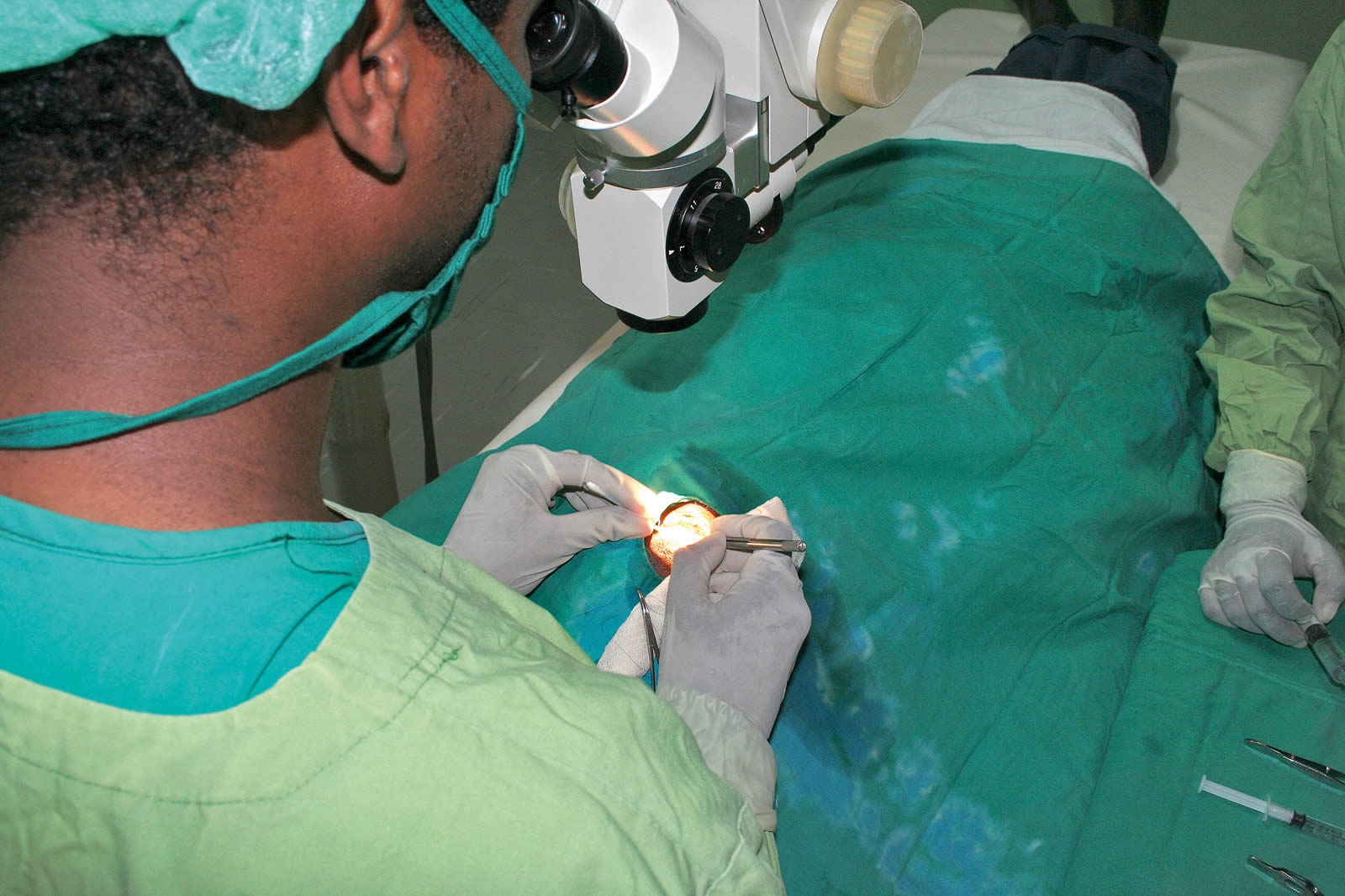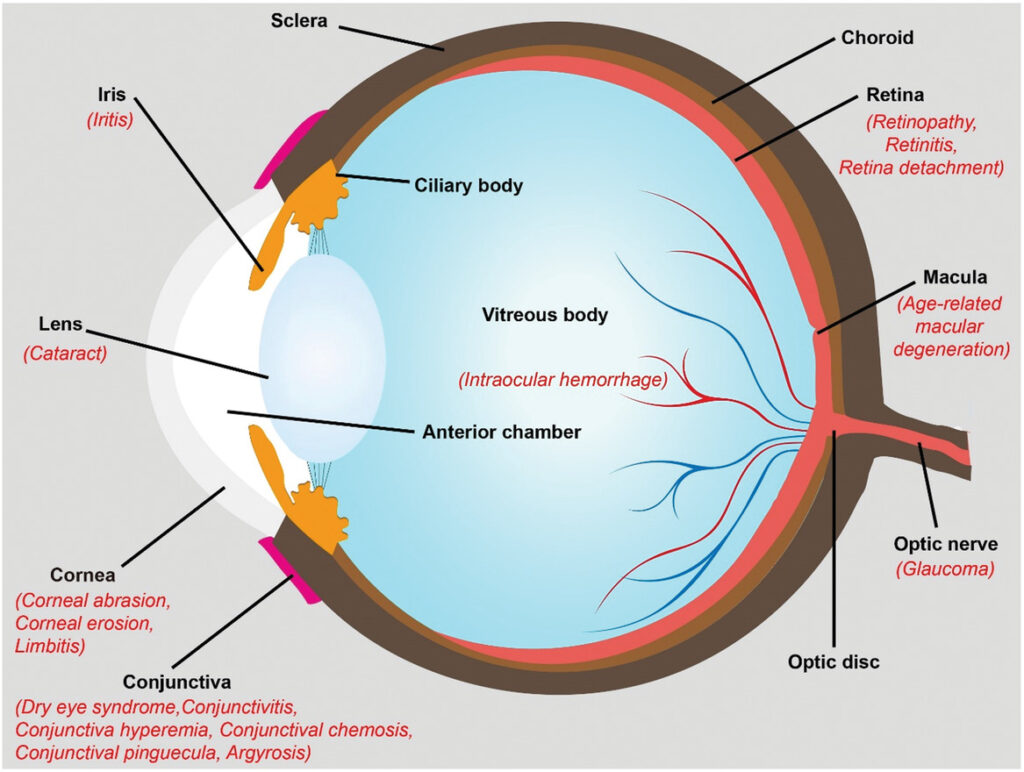Is LASIK eye surgery a long-term procedure? The fact is, according to our LASIK MD professionals in eye surgery.
The goal of LASIK surgery is to reshape the cornea, thus the name “laser eye surgery.” Permanently. This means that many of our patients will no longer need to wear glasses or contact lenses in the near future after receiving this life-changing procedure.
Here are some of the reasons why LASIK eye surgery is a good option for you.
Refractive surgery (surgical procedures that fix common visual abnormalities) has caught the interest of millions of people all over the globe, in contrast to more traditional means of vision correction such as glasses or contact lenses. When laser vision correction became widely accessible, many people were surprised to learn that they could get rid of their glasses with the use of a laser. Despite the fact that the novelty has worn off, the product’s appeal has increased rather than decreased in recent years.
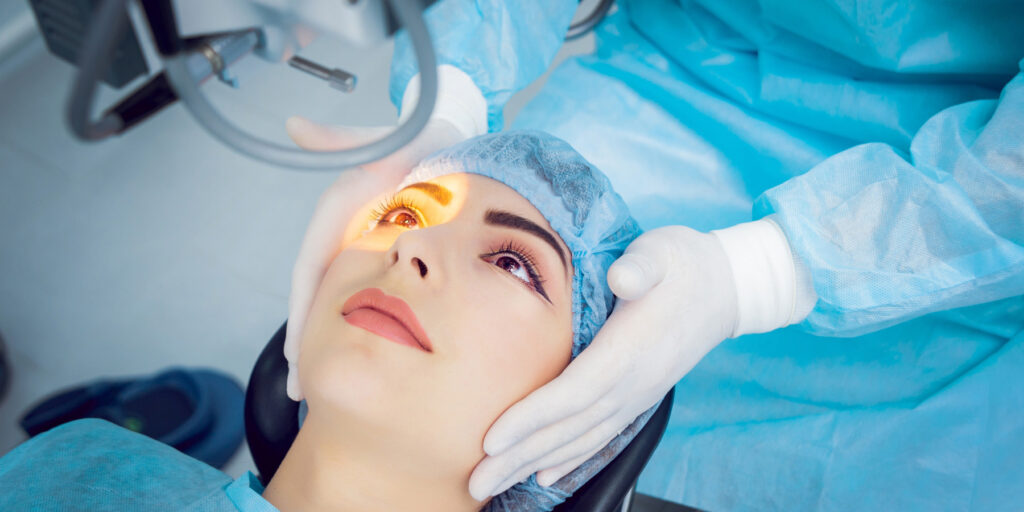
In its report, the American Refractive Surgery Council (ARSC) named LASIK operation as the “most common vision correction surgery.” It’s easy to see why: LASIK eye surgery has been the subject of several studies, all of which have concluded that it is safe. The majority of individuals are optimistic about the operation’s safety. Because of surgeons’ knowledge and advancements in medical technology, vision correction surgeries have only become better over time. Furthermore, the technology has come a long way since it was first made accessible to the general public.
Patient satisfaction has also surpassed all previous records: Between 2008 and 2015, the ARSC examined over 4,400 clinical studies, and the data were utilized to assess how patients felt about their choice to undergo laser eye surgery. Overall, the data show that the great majority of patients are quite pleased with the outcomes of their surgery: over 98 percent of patients are entirely content with the procedure’s conclusion.
Consider contact lens wearer satisfaction, which has dropped dramatically in recent years, according to a three-year study conducted by the US Food and Drug Administration (FDA) (FDA). Contact lens wearers are 500 times more vulnerable to infection than individuals who have undergone LASIK surgery, according to the Centers for Disease Control and Prevention.
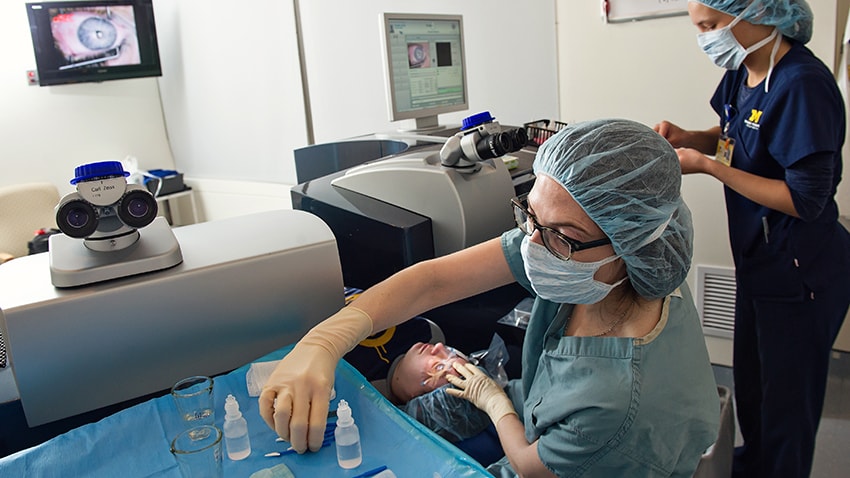
Despite the fact that LASIK eye surgery has several benefits, some individuals are nevertheless apprehensive to undergo the treatment. The common notion that laser vision rehabilitation surgeries are not long-lasting is one of the most important hurdles. According to common belief, following LASIK eye surgery, you may have clear vision for a year or two, but your eyesight will eventually decrease and revert to what it was before the treatment.
This, however, is not the case. In the long term, this is a wise investment that will provide you with clear vision for many years. The majority of patients who have undergone LASIK surgery are pleased to report that their great vision has not deteriorated in the years after the procedure was completed.
An explanation of a common LASIK blunder
In today’s world, the LASIK technique is solely intended to do one thing: permanently restructure the cornea. However, there’s always the possibility that your eyesight may be distorted. The method LASIK is most often used to treat severe instances of myopia, and this is the most common form of complication reported by people who have had it done.
According to a long-term, peer-reviewed study, only 6% of patients who got eye surgery LASIK for myopia stronger than -10.0 D (severe blurriness when seeing from long distances) after 10 years decided for an eye surgery LASIK augmentation because their vision had worsened.
Many previous LASIK eye surgery patients claim that the change is so subtle that it is hardly perceptible for the most of the time. In other circumstances, people are forced to wear their glasses for specified activities (most notably driving at night), but they may still benefit from the long-term results of their surgery.
If, on the other hand, the regression is more pronounced, patients may choose to have enhancement surgery—ostensibly a “touch-up” procedure—to restore their vision to its pre-regression condition. Depending on the operation package chosen, the cost of this augmentation therapy may be included in the initial price of the procedure package. In the unlikely event that you need one, our LASIK specialists can devise a strategy to help you enhance your vision.
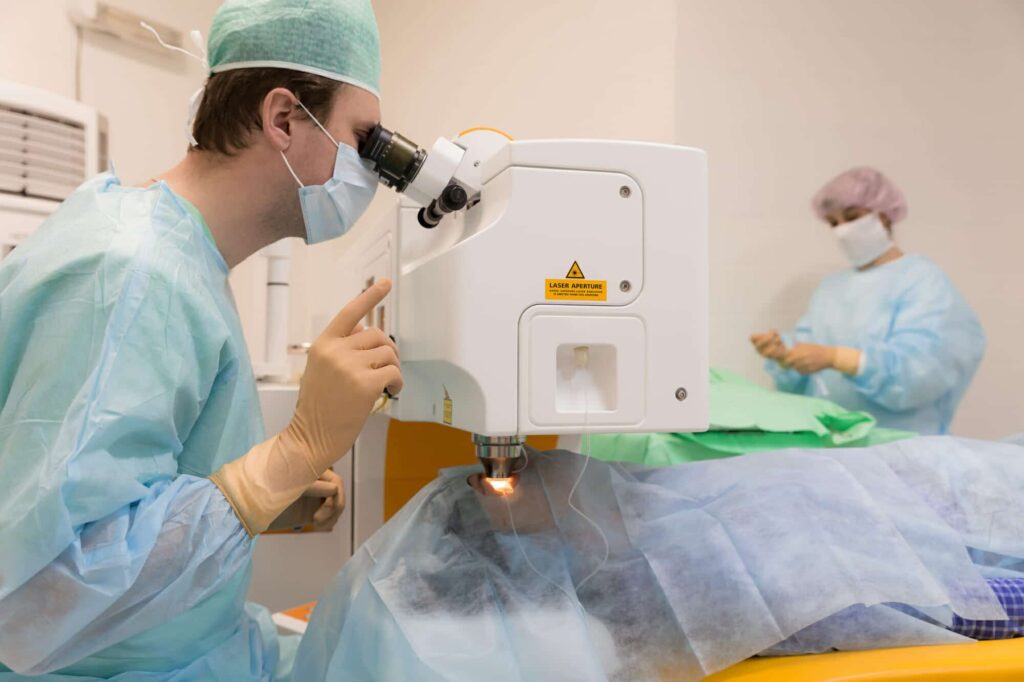
Is having LASIK eye surgery now a guarantee that I won’t be able to correct my reading vision loss later on?
Although LASIK eye surgery may permanently correct your current vision problem, it cannot prevent age-related vision problems like presbyopia or cataracts from occurring in the future (more on those below).
Have you ever tried to read anything and experienced cloudy vision? Do you find yourself needing to increase the brightness of your lights when you previously didn’t have to? Presbyopia is a condition that happens when the lens of the eye hardens and loses its flexibility as we age.
When the lens reaches this point, focusing on objects in close proximity to the camera becomes challenging. Presbyopia leads to the formation of cataracts, which are masses of protein that collect on the lens of the eye, causing vision to become cloudy and dull in color if left untreated. There are surgeries that can be done for each of these illnesses. Even if you have previously had laser vision correction (LASIK eye surgery), you will be eligible to have presbyopia treatment in the future if you fulfill the other prerequisites.
Is LASIK eye surgery the right technique for me?
Do you want to find out whether LASIK eye surgery is the right operation for you? The next step is to determine whether you are a suitable candidate for laser vision correction surgery. You should schedule a free, no-obligation consultation with one of our representatives to do so.
The goal of LASIK surgery is to reshape the cornea, thus the name “laser eye surgery.” Permanently. This means that many of our patients will no longer need to wear glasses or contact lenses in the near future after receiving this life-changing procedure.
